The Case for Inclusion of International Planning Studios in Contemporary Urban Planning Pedagogy
Abstract
:1. Introduction
2. The Importance of the Studio in Planning Pedagogy
3. The Case Study—An International Planning Studio in Bandung, Indonesia
3.1. Background
3.2. Format and Structure of the International Studio
- ∗
- “I better understand bottom up urbanization” and “value of social capital”;
- ∗
- “Through immersion, I understand other cultural values different from my own”;
- ∗
- “Only through a lived experience can an understanding of kampungs emerge”;
- ∗
- “To see theory in action is necessary to understand”; and
- ∗
- “The experience made me question the relevance of conventional planning and urban design in an informal setting and challenged my previous negative perception of informal settlements” [2].
4. Discussion
5. Conclusions
- Understand the depth and breadth of planning pedagogy in your urban planning program. What needs do they meet, and are they globally connected or not? Is there a role for an international planning studio addressing a major urban sustainable development challenge, such as informal settlements, and should such studios be mandatory or optional, and why?
- Ascertain what your university or institution offers in the way of support for global mobility programs and attainment of SDGs. See if your school/faculty has guidelines for running domestic and international studios, including understanding student ‘duty of care’ responsibilities that append this mode of teaching. Where possible, undertake basic cultural and language training prior to or as part of the main studio.
- Develop ties with a recognized counterpart institution whose planning staff and programs are keen to collaborate via a joint studio format. Examine options to eventually develop an MOA to embed the process and outcomes of the work, which may include scholarly teaching and joint research and engagement activities.
- Set clear learning objectives that include a specific emphasis on attaining global learning goals and embed these in the discipline-specific objectives, learning activities, and assessments. Ensure issues of local cultural diversity, competency, and equity are well discussed within the cohort, thus allowing students to appreciate the different norms, values, views, and processes that create differing urban forms, structures, and communities across myriad contexts.
- Know your student cohort and the planning circumstances in which they will work when they finish study; collect baseline data. Encourage a studio which has multidisciplinary students from the planning, urban design, heritage and architecture professions. This diversity will greatly assist in understanding the case study, complexities, scalar relationships, and problems to be resolved [32].
- Give strong consideration to how to make the studio process creative. Provide a framework for learning that includes flexibility. Consider tasks and activities—both social and work oriented—which encourage a greater sense of cultural competency, teamwork, and ownership of the issues being explored and resolved. Discuss the SDGs and challenges of going from global to local, and the importance of unpacking what local context means. Emphasize critical thinking outside the box and challenge pre-existing ideas and solutions.
- Reflect on the annual studio process and outcomes through oral and written feedback, mindful of what was and was not successful in the program. What are the implications for program pedagogy, teaching scholarship, and further options for future global learning and engagement? Set realistic, achievable goals in regards to what the offshore studio can achieve. Understanding the social, economic, and environmental dimensions of new city settings can be challenging, even with local facilitators assisting. Often, it is best to get a deeper understanding of how social and economic circumstances produce form and create local communities, for example, rather than attempting to achieve design solutions in too limited time.
- Invest in the institutional and civic capacity of the stakeholder organizations. Many are willing to participate as it provides them with social relevance. If possible, organize a public exhibition of student work to initiate discussion, debate, and create new conversations on major urban planning and sustainable development challenges.
- Ensure there is a time gap following the studio to allow students to reflect on what they experienced, incuding what they learned in the textbook as opposed to the studio experience. How did the experience relate to what their previously held expectations prior to the studio? How did it change or alter their view on informal settlements and the massive sustainable development challenges they present?
Funding
Acknowledgments
Conflicts of Interest
References
- Green, W. Engaging “students as partners” in global learning: Some possibilities and provocations. Stud. Int. Educ. 2018, 23, 10–29. [Google Scholar] [CrossRef]
- Jones, P. Challenging student thinking on informality and informal urbanism: The experience of an international studio in an informal settlement. In From Knowledge to Development: New University Challenges for a Contemporary Urban Development; Janches, F., Amette, R., Jaimes, C., Corti, M., Eds.; Faculty Architecture, Design and Urbanism, University in Buenos Aires: Buenos Aires, Argentina, 2016; pp. 48–69. [Google Scholar]
- Bosman, C.; Vella, K.; Shutter, L. Planning Studio in the 21st Century: Educating Leaders for a Complex World; Griffith University: Sydney, Australia, 2016; Available online: http://hdl.handle.net/10072/142167 (accessed on 3 June 2019).
- UNESCAP; UN-Habitat. The State of Asian and Pacific Cities 2015: Urban. Transformations Shifting from Quantity to Quality; UNESCAP: Bangkok, Thailand; UN-Habitat: Bangkok, Thailand, 2015; Available online: https://unhabitat.org/books/the-state-of-asian-and-pacific-cities-2015 (accessed on 3 June 2019).
- Jones, P. Formalizing the informal: Understanding the position of informal settlements and slums in sustainable urbanization policies and strategies in Bandung, Indonesia. Sustainability 2017, 9, 1436. [Google Scholar] [CrossRef]
- Jones, P. Unpacking Informal Urbanism: Urban Planning and Design Education in Practice; ITB Penerbit Press: Bandung, Indonesia, 2016; Volume 39, pp. 44–55. [Google Scholar]
- Banerjee, T. Environmental design in the developing world: Some thoughts on design education. Plan. Educ. Res. 1985, 5, 28–38. [Google Scholar] [CrossRef]
- Long, J.G. State of the studio: Revisiting the potential of studio pedagogy in U.S.-based planning programs. Plan. Educ. Res. 2012, 32, 431–448. [Google Scholar] [CrossRef]
- Owen, C.; Dovey, K.; Raharjo, W. Teaching informal urbanism: Simulating informal settlement practices in the design studio. Arch. Educ. 2013, 67, 214–223. [Google Scholar] [CrossRef]
- UN-Habitat. Habitat III Issue Papers: No. 1—Inclusive Cities; UN-Habitat: New York, NY, USA, 2015; Available online: http://unhabitat.org/wp-content/uploads/2015/04/Habitat-III-Issue-Paper-1_Inclusive-Cities-2.0.pdf (accessed on 3 June 2019).
- UN-Habitat. Habitat III Issue Papers: No. 22—Informal Settlements; UN-Habitat: New York, NY, USA, 2015; Available online: https://unhabitat.org/wp-content/uploads/2015/04/Habitat-III-Issue-Paper-22_Informal-Settlements.pdf (accessed on 3 June 2019).
- Pojani, D.; Johnson, L.; Darchen, S.; Yang, K. Learning by doing: Employer expectations of planning studio education. Urban Policy Res. 2018, 36, 11–19. [Google Scholar] [CrossRef]
- Australian Government Department of Education and Training. International Mobility of Australian University Students. Research Snapshot; Australian Government Department of Education and Training: Canberra, Australia, 2019. Available online: https://internationaleducation.gov.au/research/Research-Snapshots/Documents/Outgoing%20international%20mobility_HE_2017.pdf (accessed on 3 June 2019).
- Yin, R.K. Case Study Research: Design and Methods, 5th ed.; SAGE Publications: Thousand Oaks, CA, USA, 2014; p. 16. [Google Scholar]
- UN-Habitat. World Urban Campaign, 2016. Available online: http://www.worldurbancampaign.org/implementing-studio-model-learning-improve-analysis-and-understanding-informal-settlements (accessed on 3 June 2019).
- Nemeth, J.; Long, J.G. Assessing learning outcomes in U.S. planning studio courses. Plan. Educ. Res. 2012, 32, 476–490. [Google Scholar] [CrossRef]
- Macedo, J. Studios abroad: A challenge in innovative pedagogy. Int. Study Abroad 2017, 29, 63–78. [Google Scholar]
- Olszewski, A.; Pudlowski, Z.J. The Outcomes and achievements of the urban design and education programme. Glob. Eng. Educ. 2002, 6, 7–16. [Google Scholar]
- Bosman, C.; Dedekorkut-Howes, A. Environmental planning education and the possibilities for studio pedagogy. In Planning, Politics and People: Proceedings of the Australia & New Zealand Association of Planning Schools Conference, Massey University, Palmerston North, New Zealand, 3–5 October 2014; Available online: http://hdl.handle.net/10072/65360 (accessed on 3 June 2019).
- Salama, A.M. Transformative Pedagogy in Architecture and Urbanism; UMBAU-VERLAG: Solingen, Germany, 2009. [Google Scholar]
- Tinto, V. Learning Better Together: The Impact of Learning Communities on Student Success; Higher Education Monograph Series; Syracuse University: Syracuse, NY, USA, 2003; pp. 2–6. [Google Scholar]
- Jones, P.; Maryati, S.; Suhartini, N. The Form. of the Informal—Understanding Lebak Siliwangi, Bandung, Indonesia; Institute of Technology Bandung (ITB), University Press (Penerbit): Bandung, Indonesia, 2018. [Google Scholar]
- University of Sydney. The University of Sydney 2016–2020 Strategic Plan; University of Sydney: Sydney, Australia, 2016; pp. 3–15. Available online: https://sydney.edu.au/content/dam/intranet/documents/strategy-and-planning/strategic-plan-2016-20.pdf (accessed on 3 June 2019).
- Tarigan, A.K.M.; Sagala, S.; Samsura, D.A.A.; Fiisabiilillah, D.F.; Simarmata, H.A.; Nababan, M. Bandung City, Indonesia. Cities 2016, 50, 100–110. [Google Scholar] [CrossRef]
- Planning Institute of Australia. Policy for the Accreditation of Australian Planning Qualifications; Planning Institute of Australia: Kingston, Australia, 2019; Available online: https://www.planning.org.au/documents/item/48 (accessed on 3 June 2019).
- Abramson, D.B. The “studio abroad” as a mode of transcultural engagement in urban planning education: A Reflection on ten years of Sino-Canadian collaboration. Plan. Educ. Res. 2005, 25, 89–102. [Google Scholar] [CrossRef]
- Scheer, B.C. The Evolution of Urban Form: Typology for Planners and Architects; American Planning Association: Chicago, IL, USA, 2010; pp. 15–24. [Google Scholar]
- Kahn, H.E.; Agnew, M. Global learning through difference: Considerations for teaching, learning, and the internationalization of higher education. Stud. Int. Educ. 2017, 21, 52–64. [Google Scholar] [CrossRef]
- Jones, P. The shaping of form and structure in informal settlements: A case study of order and rules in Lebak Siliwangi, Bandung, Indonesia. Reg. City Plan. 2019, 30, 43–61. [Google Scholar] [CrossRef]
- Walliss, J.; Greig, J. Graduate design education: The case for an accretive model. Int. J. Art Des. Educ. 2009, 28, 287–295. [Google Scholar] [CrossRef]
- Association of American Colleges and Universities. Global Learning VALUE Rubric, 2015. Available online: https://www.aacu.org/value/rubrics/global-learning (accessed on 3 June 2019).
- Neuman, M. Teaching collaborative and interdisciplinary service-based urban design and planning studios. Urban Des. 2016, 21, 596–615. [Google Scholar] [CrossRef]
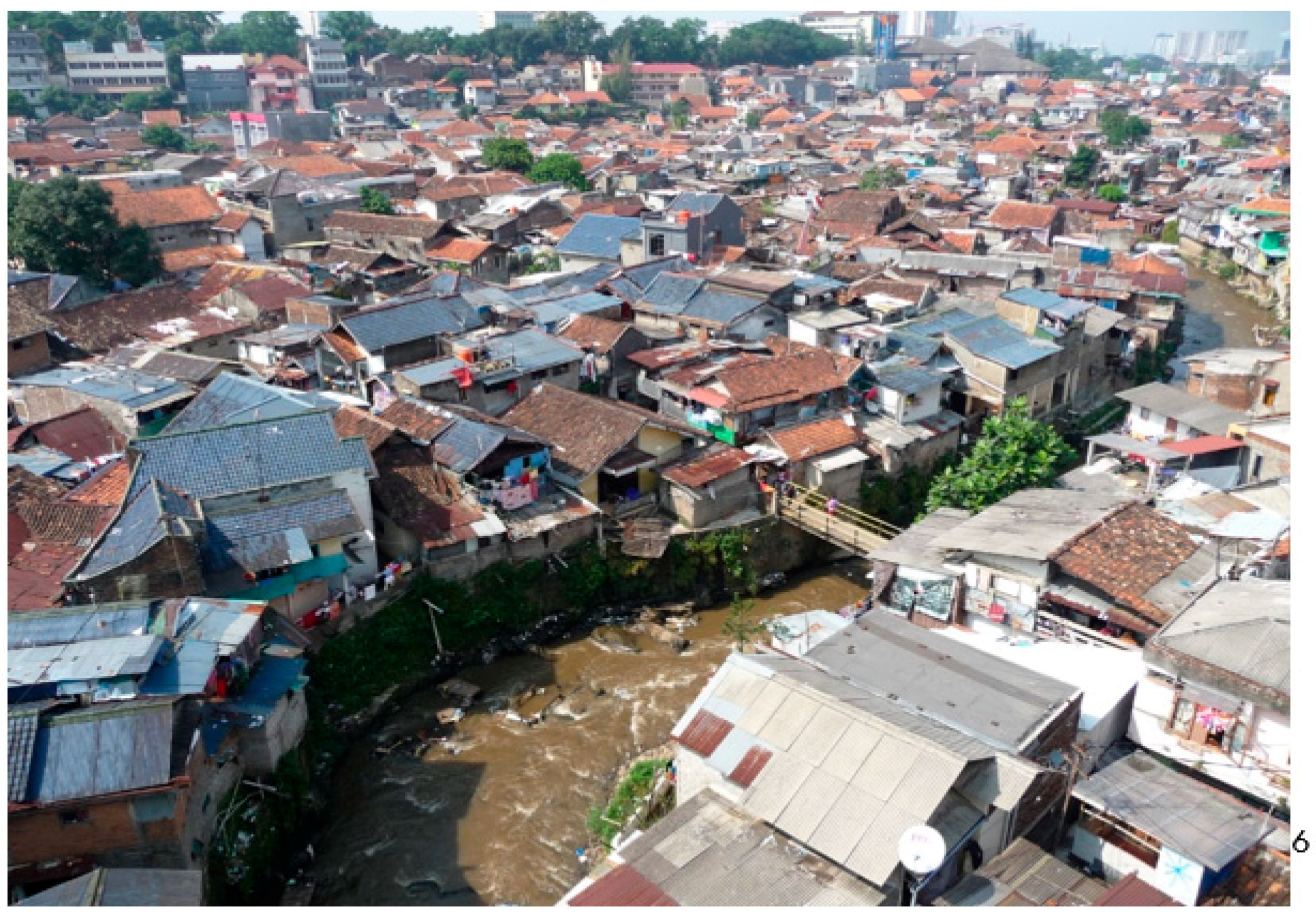
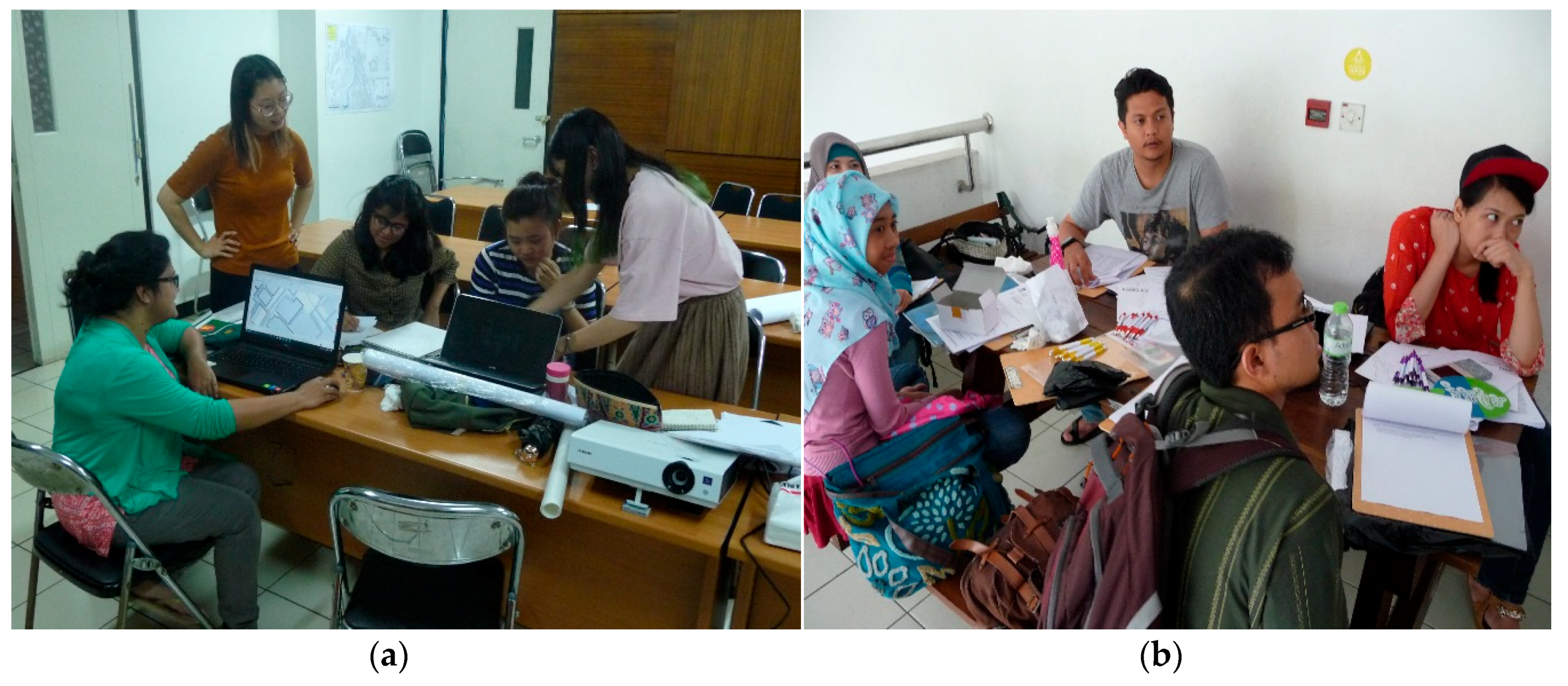
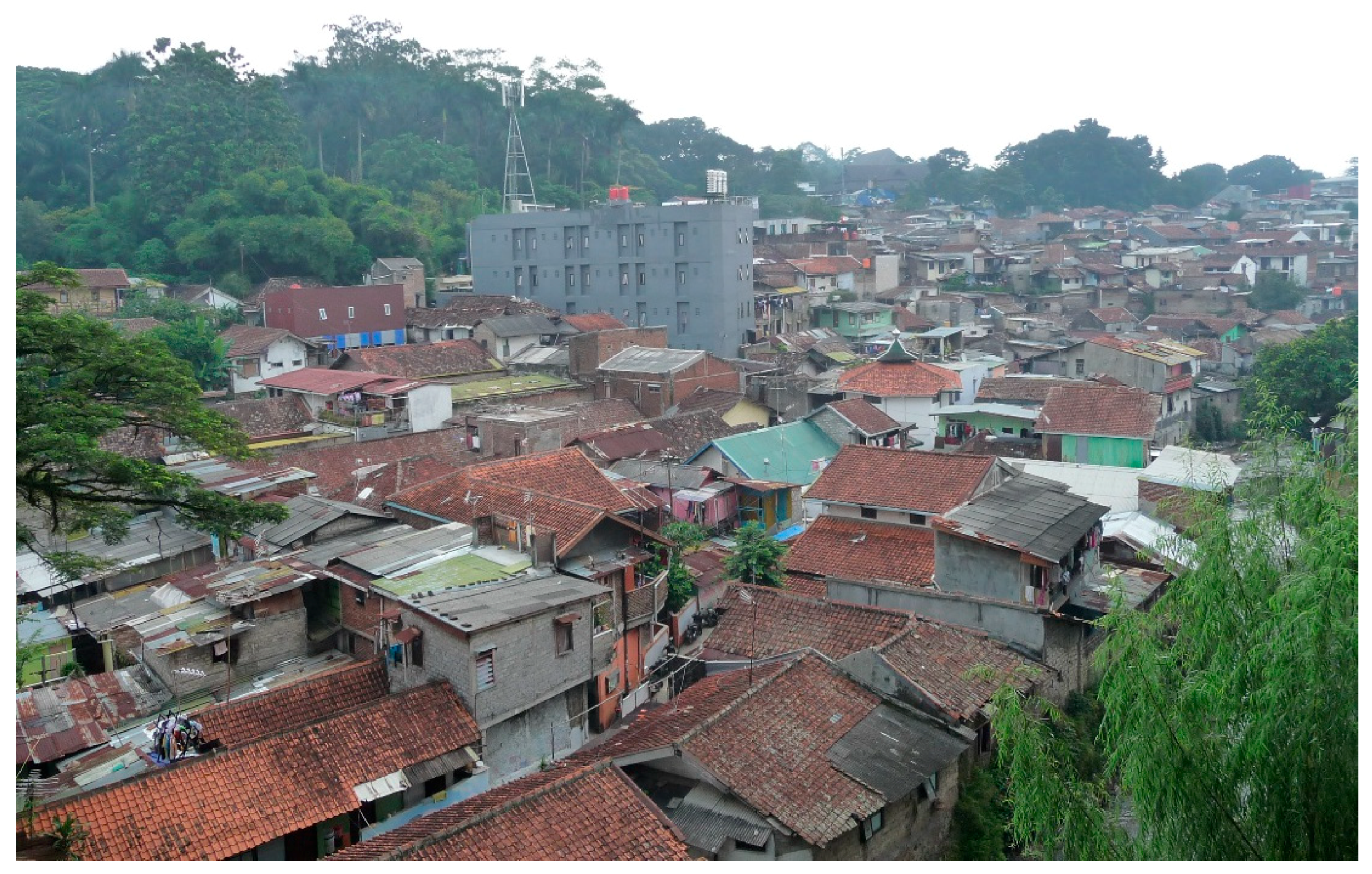
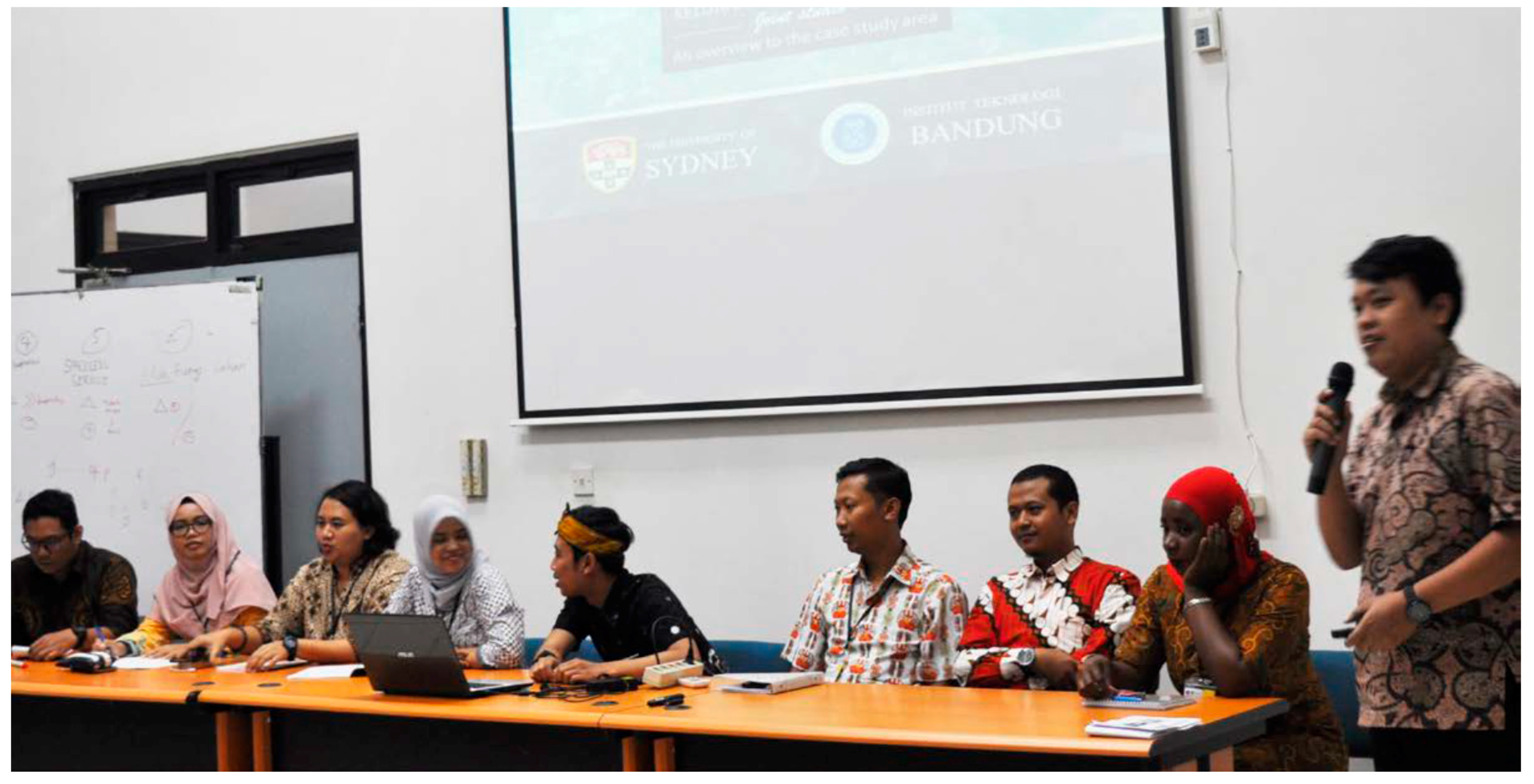
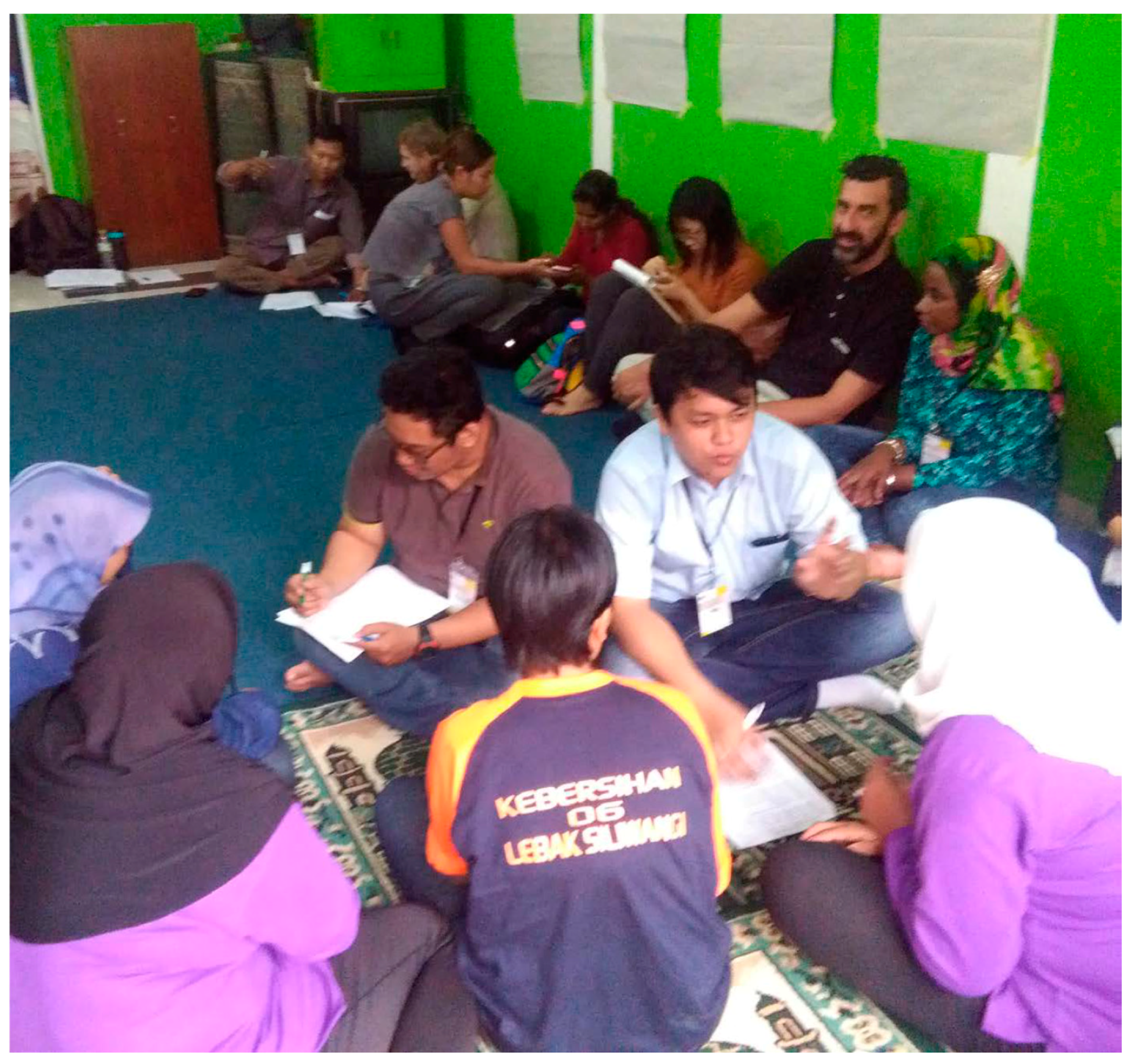
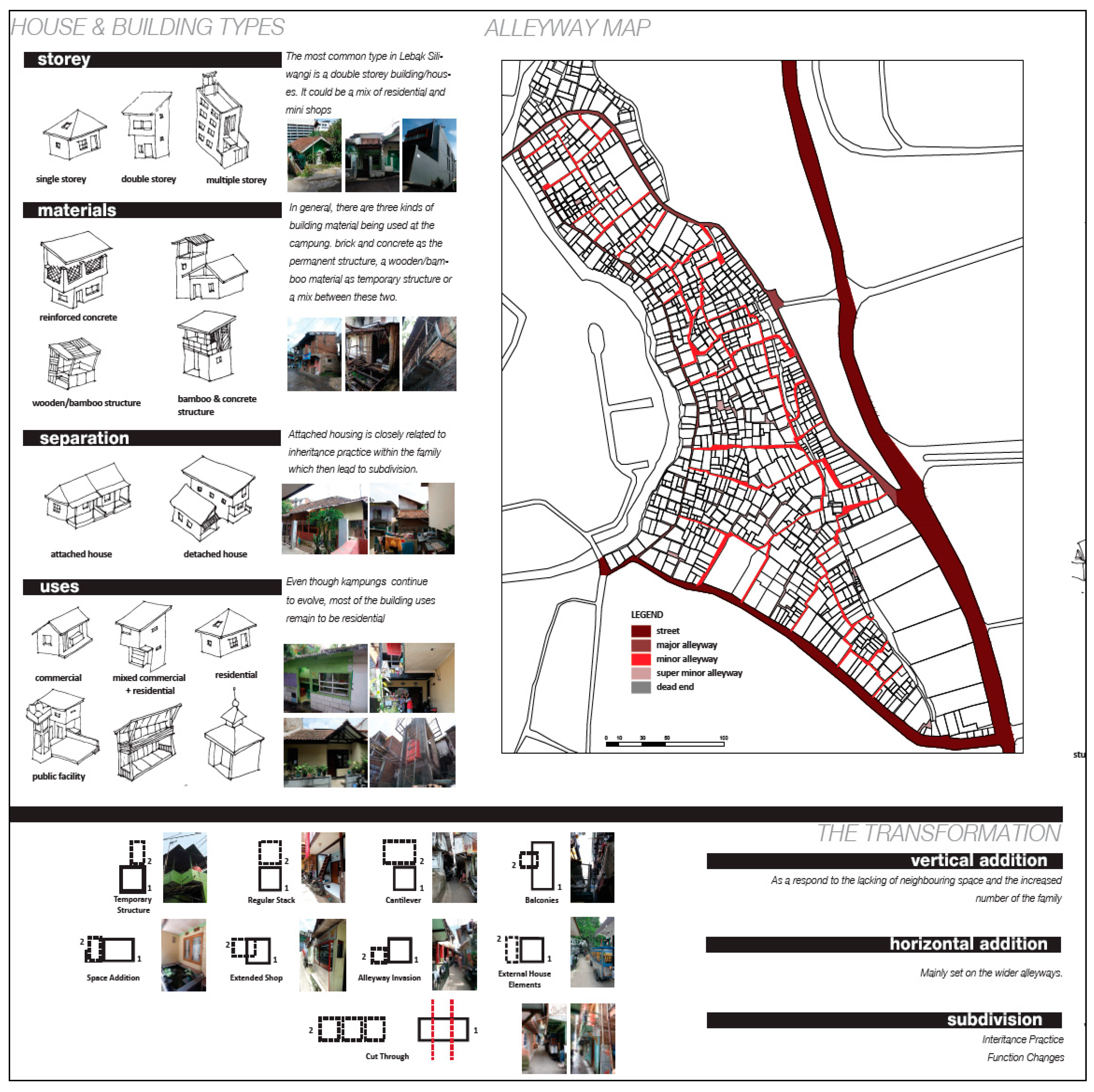
© 2019 by the author. Licensee MDPI, Basel, Switzerland. This article is an open access article distributed under the terms and conditions of the Creative Commons Attribution (CC BY) license (http://creativecommons.org/licenses/by/4.0/).
Share and Cite
Jones, P. The Case for Inclusion of International Planning Studios in Contemporary Urban Planning Pedagogy. Sustainability 2019, 11, 4174. https://doi.org/10.3390/su11154174
Jones P. The Case for Inclusion of International Planning Studios in Contemporary Urban Planning Pedagogy. Sustainability. 2019; 11(15):4174. https://doi.org/10.3390/su11154174
Chicago/Turabian StyleJones, Paul. 2019. "The Case for Inclusion of International Planning Studios in Contemporary Urban Planning Pedagogy" Sustainability 11, no. 15: 4174. https://doi.org/10.3390/su11154174
APA StyleJones, P. (2019). The Case for Inclusion of International Planning Studios in Contemporary Urban Planning Pedagogy. Sustainability, 11(15), 4174. https://doi.org/10.3390/su11154174



